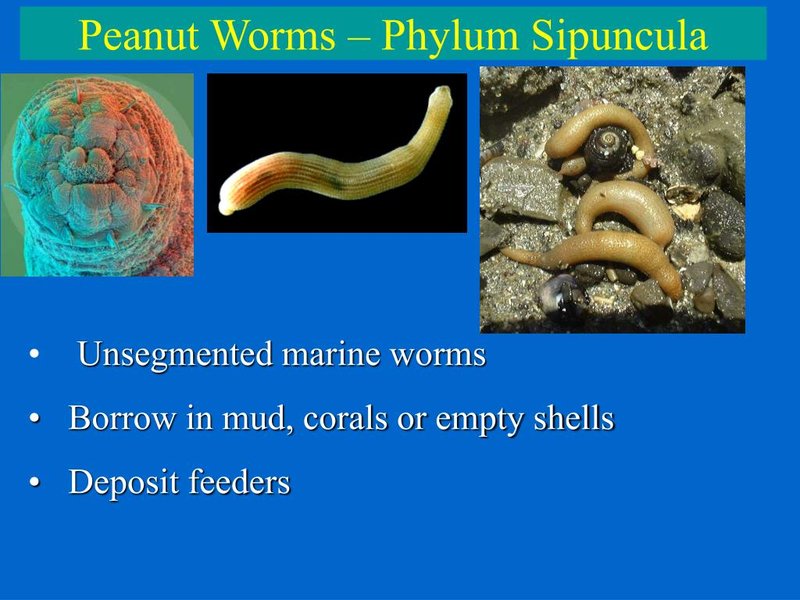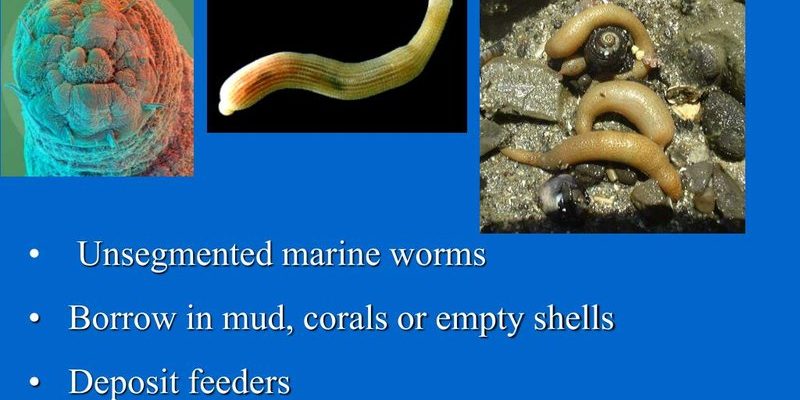
Imagine a bustling city where everyone, from the bus drivers to the bakers, contributes to the community in some way. The peanut worm is sort of like a busy citizen of an underwater world. It doesn’t live alone; it shares its habitat with a variety of other tiny organisms, each with its role. Understanding how peanut worms interact with their neighbors helps us appreciate the delicate balance of marine ecosystems. It’s like putting together a puzzle where every piece is crucial to the bigger picture.
In this article, we’ll dive deep into the life of peanut worms and explore how they get along with other microfauna. You’ll discover their habitats, feeding habits, and their friendships—or rivalries—with other creatures in the ecosystem. Whether you’re just curious or thinking about getting into marine biology, let’s unravel this watery mystery together.
The Life of Peanut Worms: An Overview
Peanut worms, scientifically known as *Sipuncula*, are fascinating creatures found in marine environments, particularly in sandy or muddy sea bottoms. These worms can reach up to 20 centimeters in length and have a distinctive body that resembles a peanut, hence their quirky name. They are not just quirky in shape; they also have a unique way of living that shapes their interactions with other tiny sea dwellers.
The peanut worm’s body is segmented, with a retractable anterior end that it can extend to feed. This long, tubular structure allows them to collect organic matter and small particles from the substrate, which is crucial for their diet. This feeding strategy not only helps the peanut worm but also influences the ecosystem. When they sift through the sand, they disturb the substrate, releasing nutrients back into the water, which can benefit nearby plants and other organisms.
It’s cool to think of peanut worms as little gardeners of the sea, cultivating their environment while providing food for themselves. But they don’t do this alone; they interact closely with various microfauna, making their role in the ecosystem even more complex.
Interactions with Other Microfauna
You might be wondering how peanut worms fit into the larger picture of marine life. Well, they interact with a variety of microfauna, including microorganisms, other small invertebrates, and even fish. These interactions can be friendly, competitive, or even predator-prey relationships.
For instance, peanut worms often coexist with tiny crustaceans like amphipods and copepods. These creatures share the same habitat, feeding on similar organic material. Think of it like different restaurants serving the same dish in the same neighborhood. While they compete for resources, they can also benefit from each other’s presence. The activities of peanut worms help aerate the substrate, making it easier for these crustaceans to scavenge for food.
Another interesting interaction is with other worms and small invertebrates that inhabit the same sandy environments. Sometimes it’s a friendly overlap, where species share space, but other times it can get a bit competitive. For example, if the peanut worm is particularly successful at collecting food, it might restrict access to others. It’s a delicate balance of cooperation and competition that keeps the ecosystem dynamic.
The Role of Peanut Worms in Nutrient Cycling
Peanut worms play a significant role in nutrient cycling within their ecosystems. By feeding on organic material and detritus, they break down waste and contribute to the nutrient pool available to other organisms. This process is essential for maintaining a healthy marine environment, much like how decomposition helps enrich soil on land.
As peanut worms burrow through the sediment, they help release nutrients trapped within. These nutrients become available for phytoplankton and other primary producers, which are the foundation of the marine food web. Without the peanut worm doing its part, this cycle could be disrupted, affecting everything from tiny algae to larger fish species.
For example, after a peanut worm consumes organic matter, the nutrients they excrete enrich the surrounding substrate. This benefits the nearby seagrass beds and coral reefs, creating a thriving habitat for various marine life. It’s a beautiful example of how interconnected life in the ocean can be.
Feeding Habits and Their Impact on Microfauna
When it comes to feeding, peanut worms have some interesting habits. They extend their long, retractable body to capture tiny food particles from the water and sediment. This feeding technique helps them gather a range of organic material, from decaying plant matter to microscopic organisms.
This method of collecting food impacts the surrounding microfauna as well. As peanut worms filter through the sediment, they disturb it, releasing nutrients that can fuel the growth of microorganisms and other small organisms. It’s kind of like a mini-plow going through a field, making it ready for new crops to grow.
However, their feeding habits can also create competition. When peanut worms thrive in a particular area, they might outcompete other tiny creatures for the same food sources. This competition can lead to shifts in the local microfauna community, affecting everything from population dynamics to biodiversity.
The Peanut Worm and its Predators
Peanut worms may be small, but they’re not at the top of the food chain. Several predators find them quite appealing, including certain fish and larger invertebrates. Their soft, pliable bodies make them an easy target for creatures looking for a meal.
Interestingly, the interactions between peanut worms and their predators can also influence their behavior. For instance, when a peanut worm senses danger, it can quickly retract its body into the sand, hiding from potential predators. This survival tactic is crucial in the wild, where every creature must be alert to stay alive.
This predator-prey relationship is vital for maintaining balance in the ecosystem. Predators help control the peanut worm population, preventing overpopulation and maintaining biodiversity in the habitat. It’s like keeping a garden tidy—too many plants can lead to competition for sunlight and nutrients, but the right balance can create a lush environment.
The peanut worm might seem small and insignificant at first glance, but it plays a crucial role in the marine ecosystem. Through its interactions with other microfauna, it helps create a balanced environment that supports a variety of life. From nutrient cycling to feeding habits and predator-prey dynamics, every aspect of the peanut worm’s life contributes to the larger picture of ocean health.
Understanding how peanut worms interact with their fellow tiny creatures helps us appreciate the complexity of marine ecosystems. It reminds us that even the smallest organisms can have a significant impact on the world around them. So, the next time you think about the ocean, remember the peanut worm and its bustling underwater community—because every part of the ecosystem plays a role in keeping it thriving.

